The Ferrari 166 FL was a single-seat open-wheel race car, designed, developed and built by Italian manufacturer and team, Scuderia Ferrari, 1949 to 1952. Only three cars were produced. The designation 166 is linked to the (rounded) displacement of a single cylinder, that corresponded to the nomenclature of the company at the time. The abbreviation FL refers to Formula Libre, which is the type of category and racing series that the car took part in. Given the fact that the single-seat open-wheel race car was mostly developed for racing in South America, it also became known as the 166 C America
The Ferrari 166 FL had a longitudinally-mounted 60° V12 engine with a total displacement of 1995 cm³ and was supercharged with a Roots supercharger. The cylinder head and engine block were made of light alloy. Per cylinder bank, the engine had a single overhead camshaft, controlling two valves per cylinder. The mixture was prepared by three Weber carburetors of the type 40 DO3C, which were upstream of the compressor. The ignition was designed simply, the associated system had two magnets. The engine had dry-sump lubrication and a multi-plate clutch.
The Ferrari 166 with chassis no. 011F was initially built in 1949 for use in Formula 2. Entered that year by Scuderia Ferrari, with Argentine racing car driver Juan Manuel Fangio at the wheel in the Monza Grand Prix on 26 June, the 166 won at its maiden event. The car was then purchased (with the support of the Argentine government) by Juan Manuel Fangio and used. The vehicle was repainted in the Argentine racing and national colors of blue with a yellow engine cover. Later that season the car was fitted with a Roots supercharger and entered under the designation FL in several Formula Libre races in South America by Fangio and Benedicto Campos
Check out a great photo gallery from the Automovil Club Argentino Museum with the 1949 Ferrari 166 FL car driven by Juan Manuel Fangio:
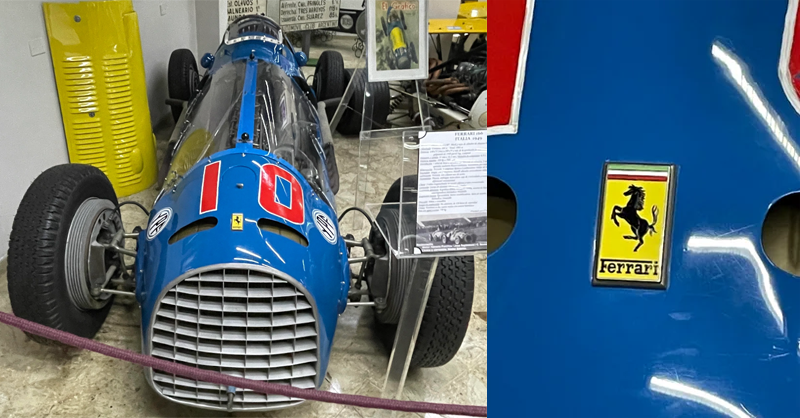
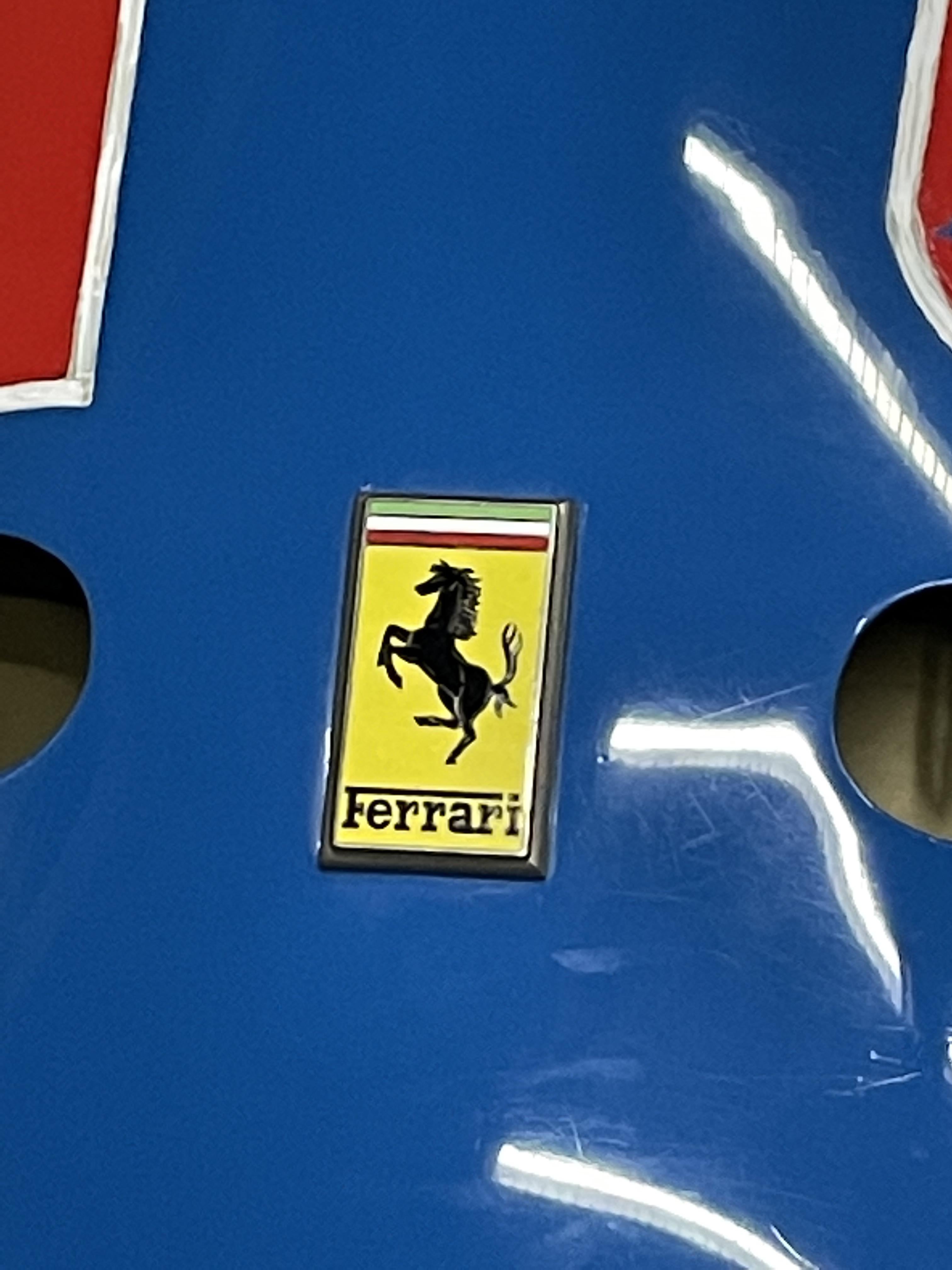
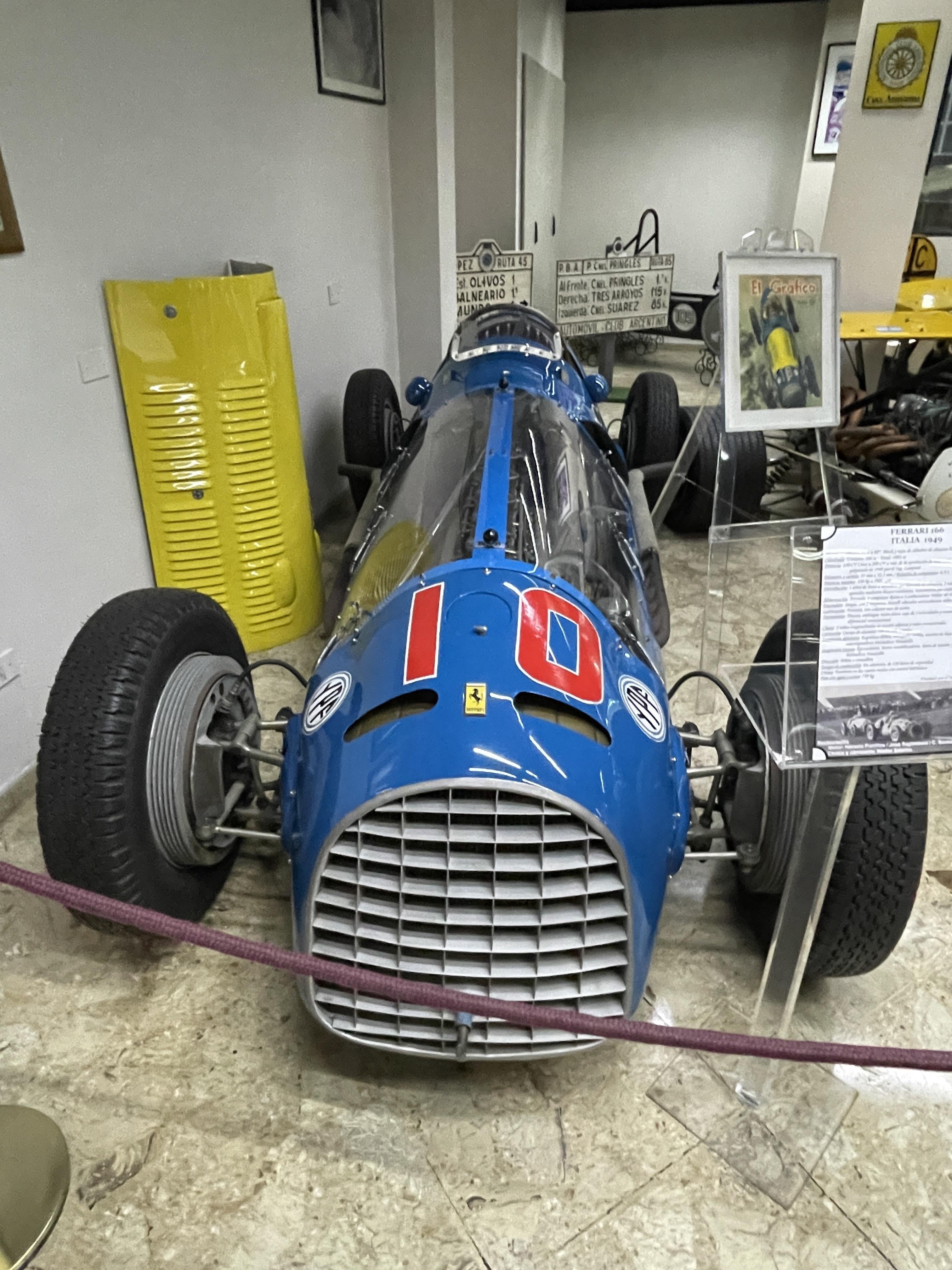
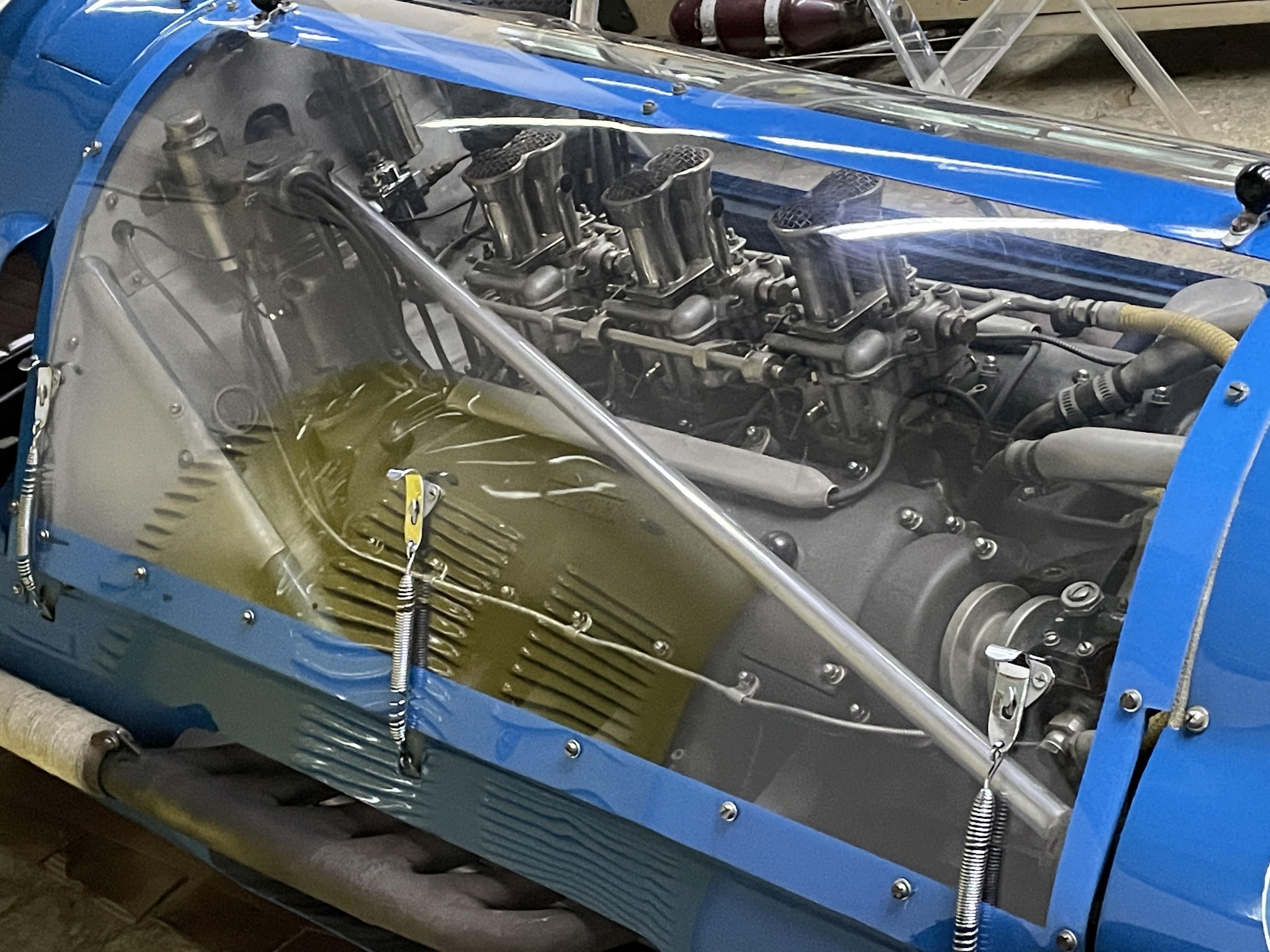
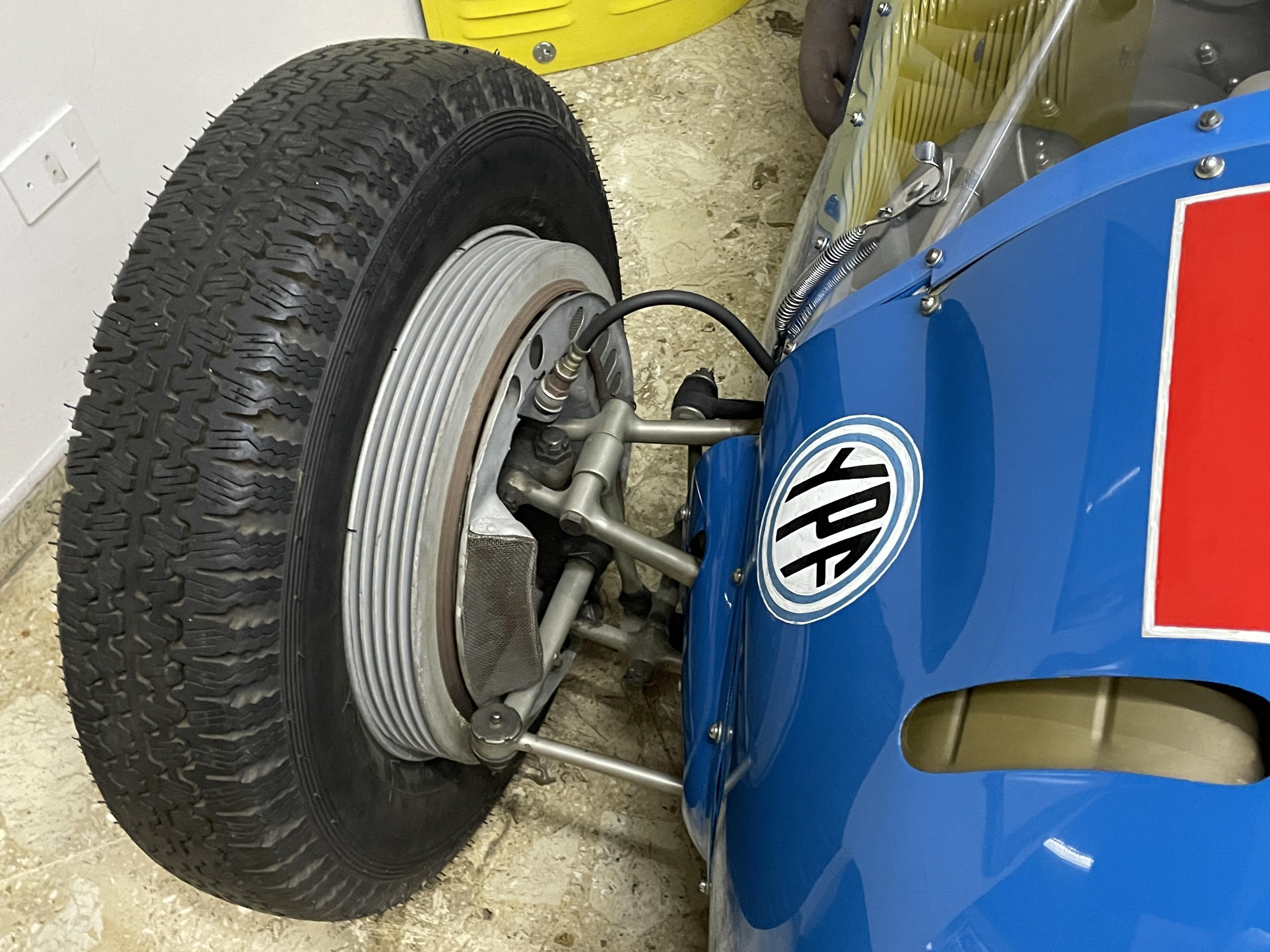
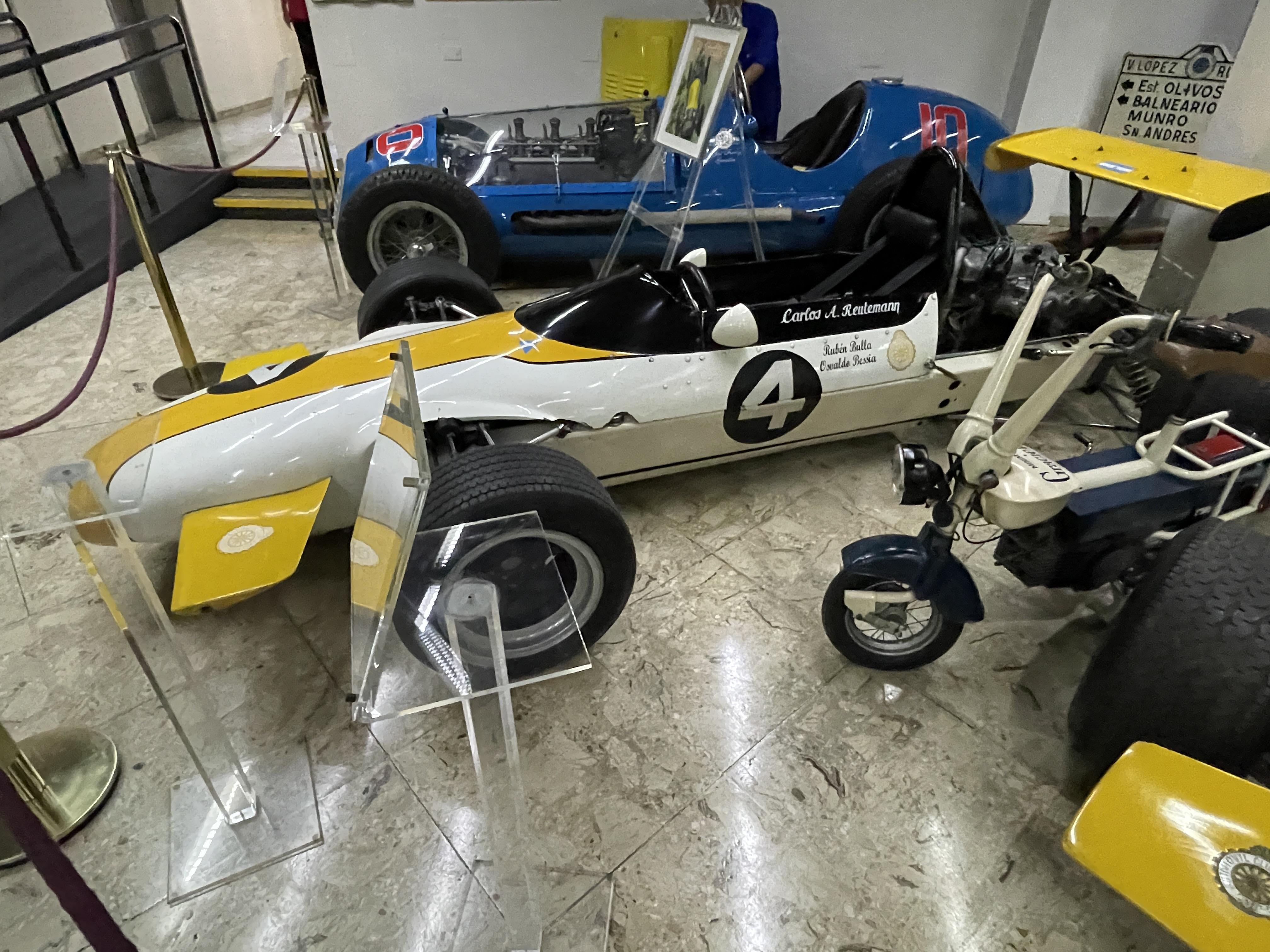



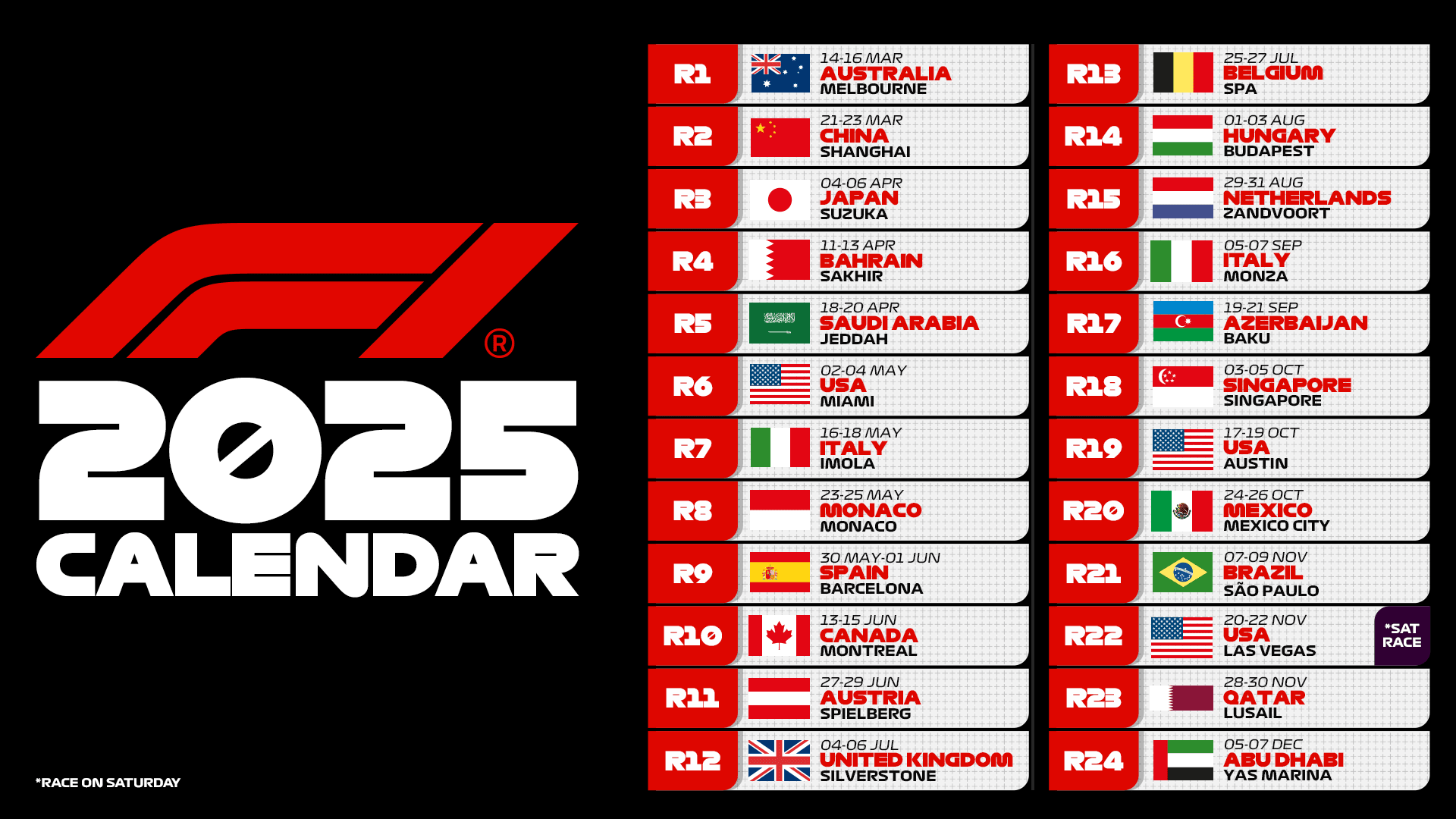








.png)
